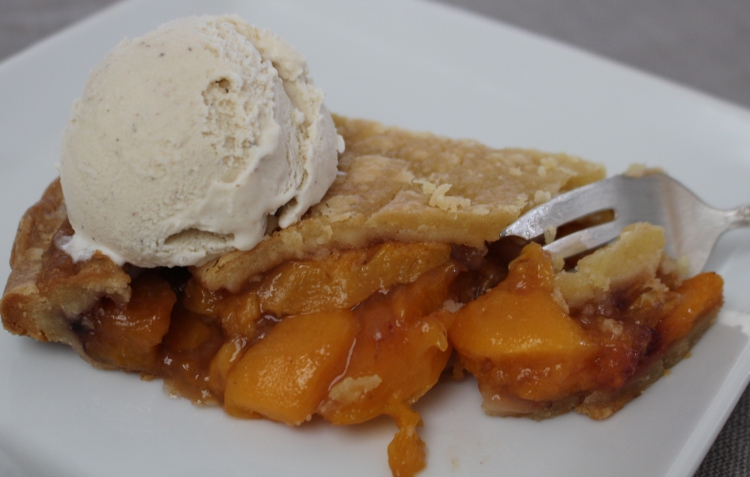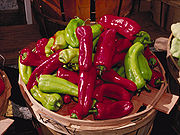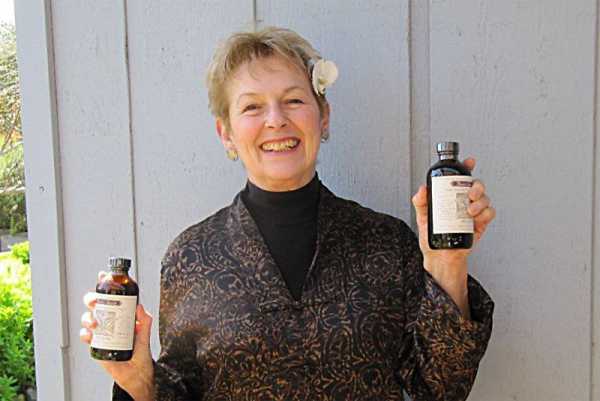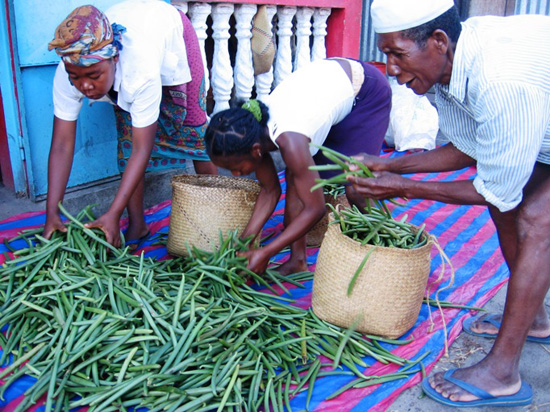
I'm amazed at how superior your vanilla is!
– Des, The Grommet

Chile Pepper, Capiscum, is also known also as chilli pepper, chilli, chili. For the purposes of this compendium, I have used the original “chile” as it is known in Latin America. Botanically, it is considered a berry bush. Because chiles are savory, we think of them as a vegetable but their culinary use is frequently as a spicy flavoring. Chile peppers are a fruit of the Americas; they are now grown around the world and are used everywhere as a spice and/or a vegetable in cuisine. They are also used as medicine.
Archeological evidence shows that chile was cultivated as early as 6000 years ago and is one of the first domesticated crops that is self-pollinating. Christopher Columbus discovered chile when he arrived in the Americas and named them “peppers” for the spicy flavor, which reminded him of black pepper, though botanically the two are not related.
When the Spanish colonized Mexico, goods traveled from there to Asia and back. As the Philippines were also one of Spain’s colonies it is probable that chile peppers were taken to the Philippines along with many other American tropical foods. Chile was then likely taken to India, China, Korea and Japan where they were adopted into the local cuisines.
However, as the Portuguese were also sea farers and had colonized Goa, an island close to India, and as chile is an important feature in the regional cuisine of Goa, it is also likely that the Portuguese introduced chile to Southern India. From there chile was taken to Central Asia, and Turkey, and finally to Hungary, where paprika (ground, dried sweet and spicy chiles), became a fixture in their cuisine. What’s most remarkable is the speed with which the foods, flavors and spices of the Americas traveled around the world.
There are many varieties of peppers that vary in intensity from very mild and sweet to extremely hot. The crucial component for the fiery flavor is Capsaicin, which is most concentrated at the stem-end of the pod in the white pith surrounding the seeds. Removing this membrane make the chiles milder. Because of their versatility as well as their ability to spice things up, peppers are star players in cuisine worldwide.
Red chiles are very high in vitamin C and carotene. Additionally, they are a good source of many B vitamins, potassium, magnesium and iron. Medicinally capsaicin is used as an analgesic and is effective in managing arthritic, diabetic neuropathy, and herpes zoster related pain. It may have future use in cancer treatment as it has been shown to kill cancer cells in rats and to stop carcinogenesis and mutagenesis in laboratory research. It also appears to lower glucose levels in diabetics.
There are risks related to eating lots of chile including possible stomach cancer, bowel irritation, and there actually have been instances of people eating whole chiles and suffering from bowel obstruction or perforation. Chronic high consumption of chiles can also cause acid reflux. Aflotoxins are often found in chile powder and therefore should be used carefully by anyone with a compromised immune system.
I was given a small bottle of Rain’s Choice in a gift basket and I have been hooked ever since. The flavor makes all of my baking so much better! I will never use grocery store vanilla again!


© 2021. All Rights Reserved
Designed/Developed by Kat & Mouse